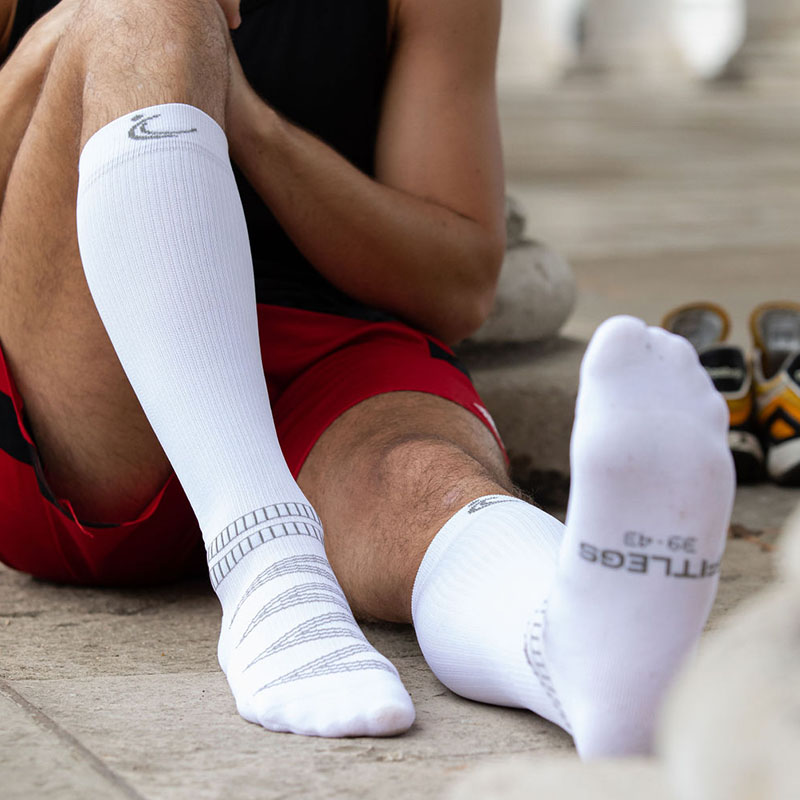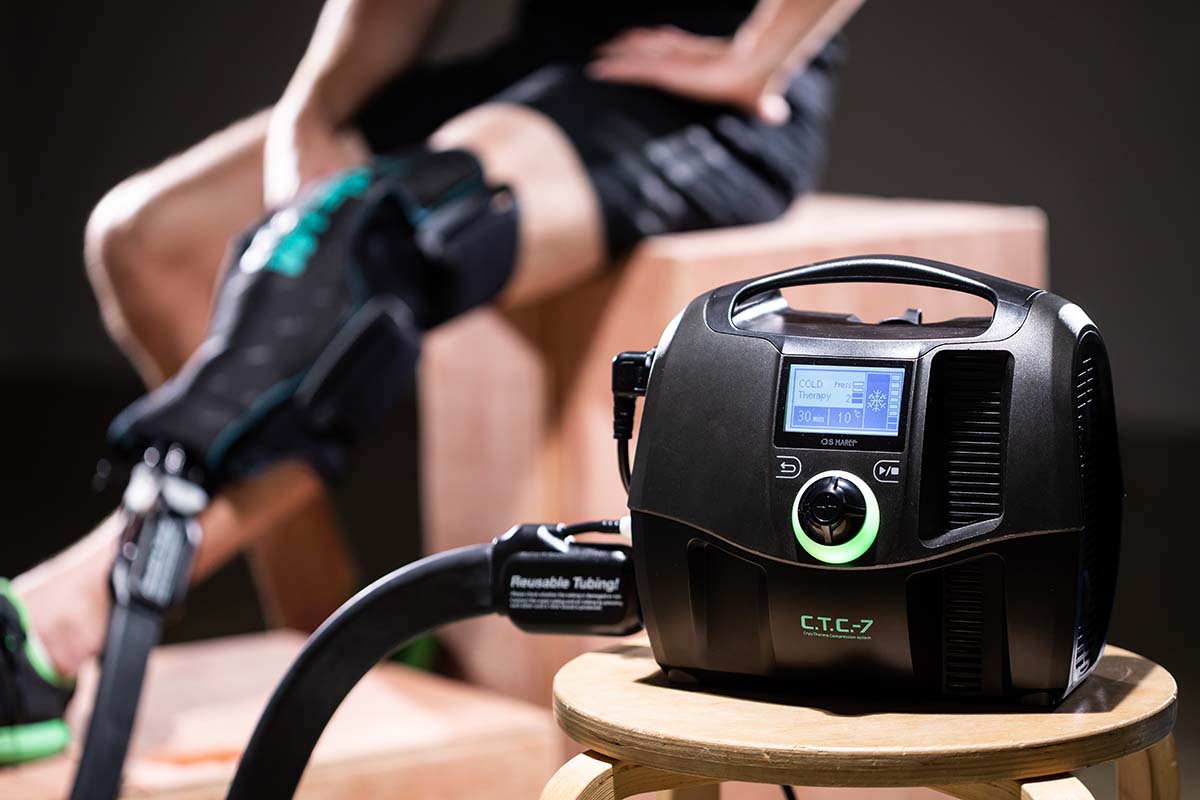Soreness and muscle stiffness in the legs can be debilitating, especially for athletes or those who spend a lot of time on their feet. Stiff leg muscles can hinder our mobility, make us experience pain and affect how we go about our lives. From an athlete’s perspective, whether it’s Delayed Onset Muscle Soreness (DOMS) or actual muscle damage like a strain or tear, it can prolong recovery, reduce your ability to train, and ultimately, prevent peak athletic performance.
Recognising the symptoms of damaged leg muscles and implementing proper recovery strategies is crucial for getting back on your feet quickly, preventing further injury and performing at your best. In this post, we’re going to explore the symptoms of muscle damage and how to alleviate them.
Leg muscle damage can manifest in various ways, depending on the severity of your injury, where in your leg it is, and how you caused it. Before exploring the symptoms of damaged leg muscles, let’s explore some of the common causes.
Some of the most common symptoms that could indicate damage and muscle inflammation in the legs include:


You might be wondering how to relieve sore muscles in legs, and the good news is that most leg muscle damage heals on its own with proper care. Through rest and making sure you don’t exacerbate the injury, you should be back on your feet before you know. However, there are some things you can do to help speed up the recovery process:
Rest: This is critical for allowing the muscle to repair itself naturally. Rest up and avoid any strenuous activities that can aggravate the injury.
RICE Protocol – Rest, Ice, Compression, and Elevation: Apply ice packs for 15-20 minutes at a time, several times a day for the first few days as the cold temperature can help reduce swelling. An alternative is to use contrast therapy which uses cold and hot temperatures to help speed up the process. Wrap the injured area with a compression bandage or wear compression socks to reduce swelling and finally, elevate your leg above your heart when you can to promote drainage of fluids. A machine like the CTC-7 machine (see below) can combine compression and contrast therapy into one simple device.
OTC Painkillers : Medications like ibuprofen or paracetamol can help manage the pain and inflammation associated with muscle soreness. Always check the label and consult a medical professional if you’re taking other medication.
After the initial inflammation subsides, gentle stretching can improve flexibility and range of motion. Light massage can also help reduce muscle tension and promote healing. As time goes on, you’ll be able to incorporate active recovery and light exercise, and ramp this up until you’re fully healed.


Modern technology offers additional tools to support muscle recovery, and one of the best on the market is the CTC-7 Device from G&N Recovery. Combining graduated compression with hot and cold therapy (Cryotherapy, Thermotherapy and Contrast Therapy), it offers several advantages that are especially useful for elite athletes and sports organisations, as well as medical professionals treating muscle injuries.
Find out more and buy or rent CTC-7 today.
While most leg muscle damage heals on its own, some situations require medical attention. Seek professional help if you experience:
Leg muscle damage is a common occurrence, especially in athletes, but it shouldn’t sideline you for too long. By understanding the causes and symptoms and implementing proper recovery strategies, you should get back on your feet ready to tackle your next challenge.
We use cookies to help improve our services, make personal offers, and enhance your experience. If you do not accept cookies, some of our optional cookies may affect your experience.